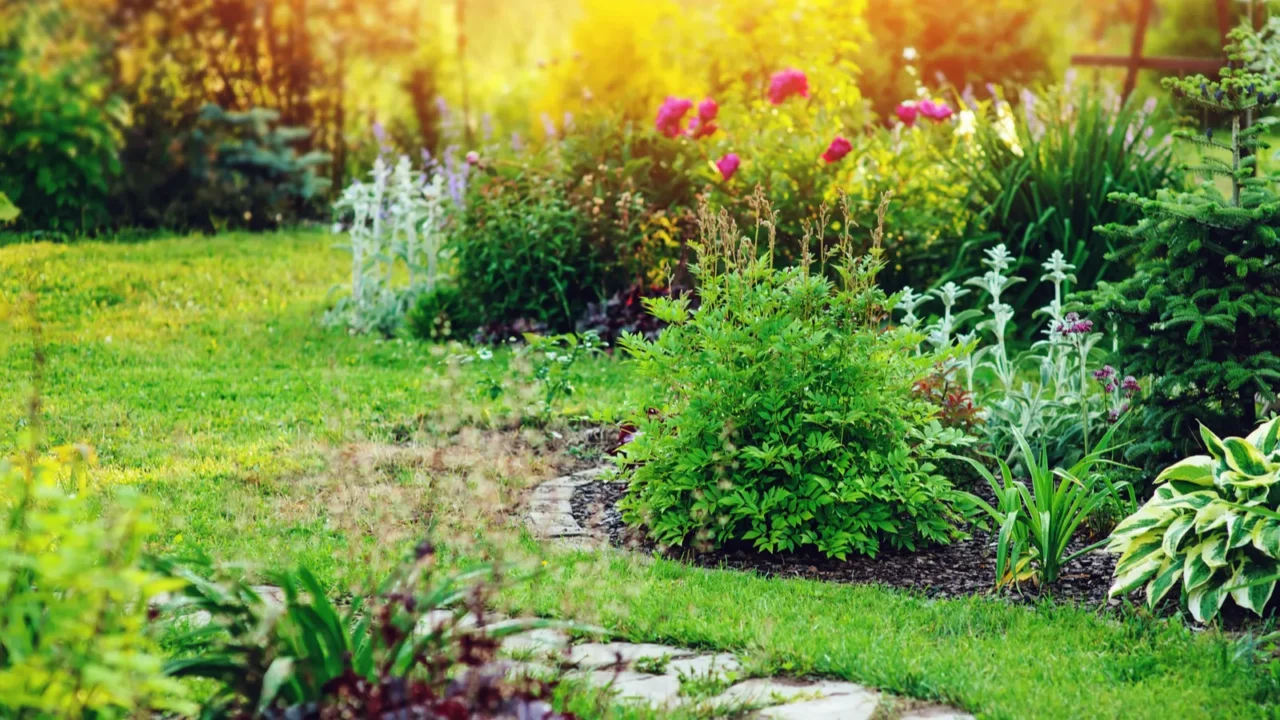
Maintain a Vibrant, Lush Garden throughout the Year
Beautiful garden maintenance? Well, that isn’t just for the warmer months. It’s a year-round activity that is simpler than you might imagine. No matter what Mother Nature has in store, you can maintain the health of your outdoor space with the correct maintenance and a few tips.
I’ll give you 15 easy ideas to keep your garden looking beautiful and healthy all year long. These helpful steps will transform your gardening practice, from selecting the appropriate seasonal plants to providing wise watering advice.
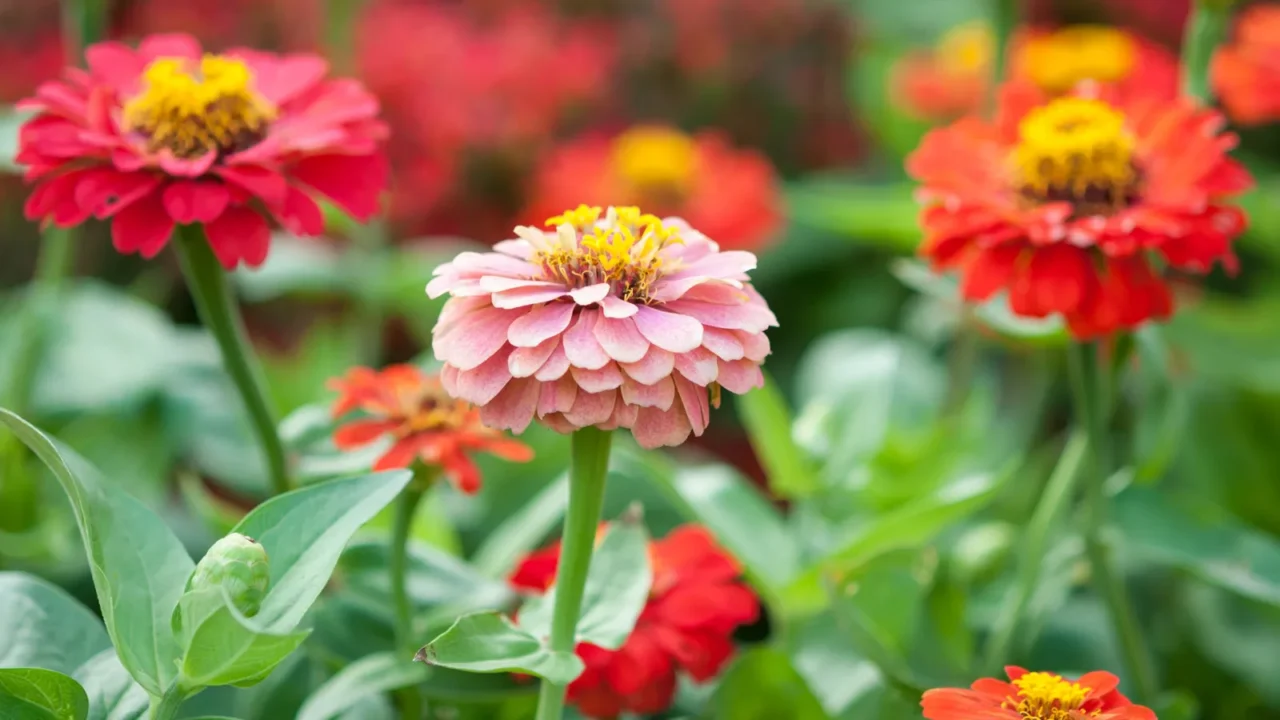
Pick Seasonal Plants
Pick plants that thrive in different weather conditions to ensure your garden stays lively around the year. Opt for evergreens and winter-blooming shrubs for colder months, while bright flowers like marigolds and zinnias can keep your garden popping in the warmer seasons.
This tip will keep you up for success regardless of the time of the year.
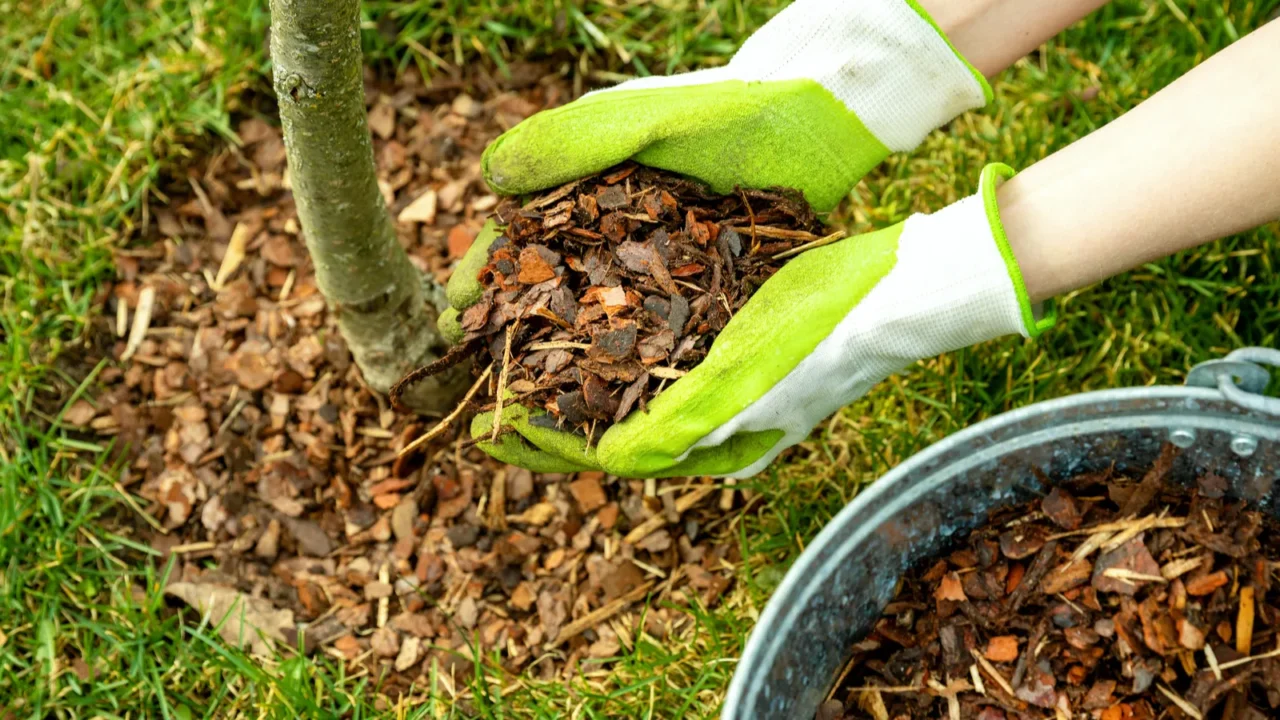
Mulch to Preserve Moisture
To control soil temperature and help retain moisture, spread a layer of mulch. This easy step keeps your plants hydrated longer, inhibits weed growth, and shields roots from excessive heat and cold.
In addition to being practical, mulch provides your garden with a clean appearance that displays your green thumb talent.
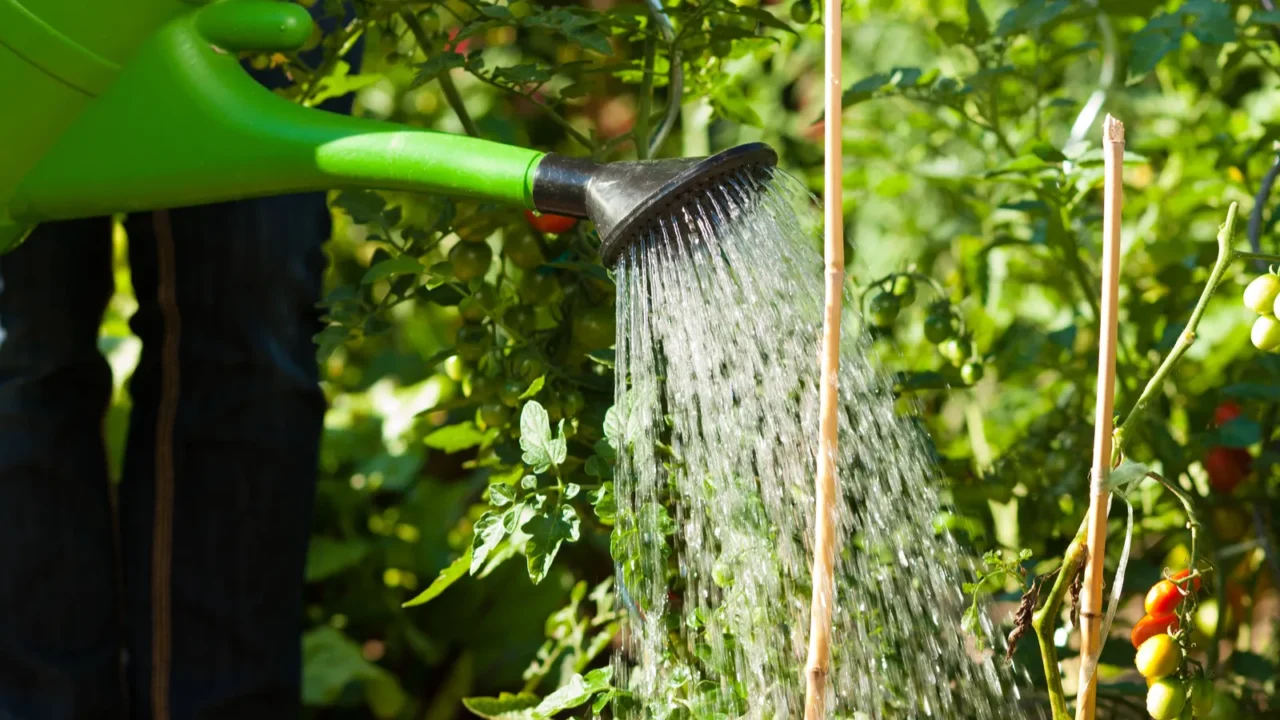
Use Water Strategically and Wisely
Watering thoroughly but infrequently is better than watering lightly every day. It promotes stronger plants that can endure temperature fluctuations and the development of deep roots. To avoid rapid evaporation, water early in the morning or late at night.
This practice maintains the health of your plants and keeps them flourishing while also saving you water.
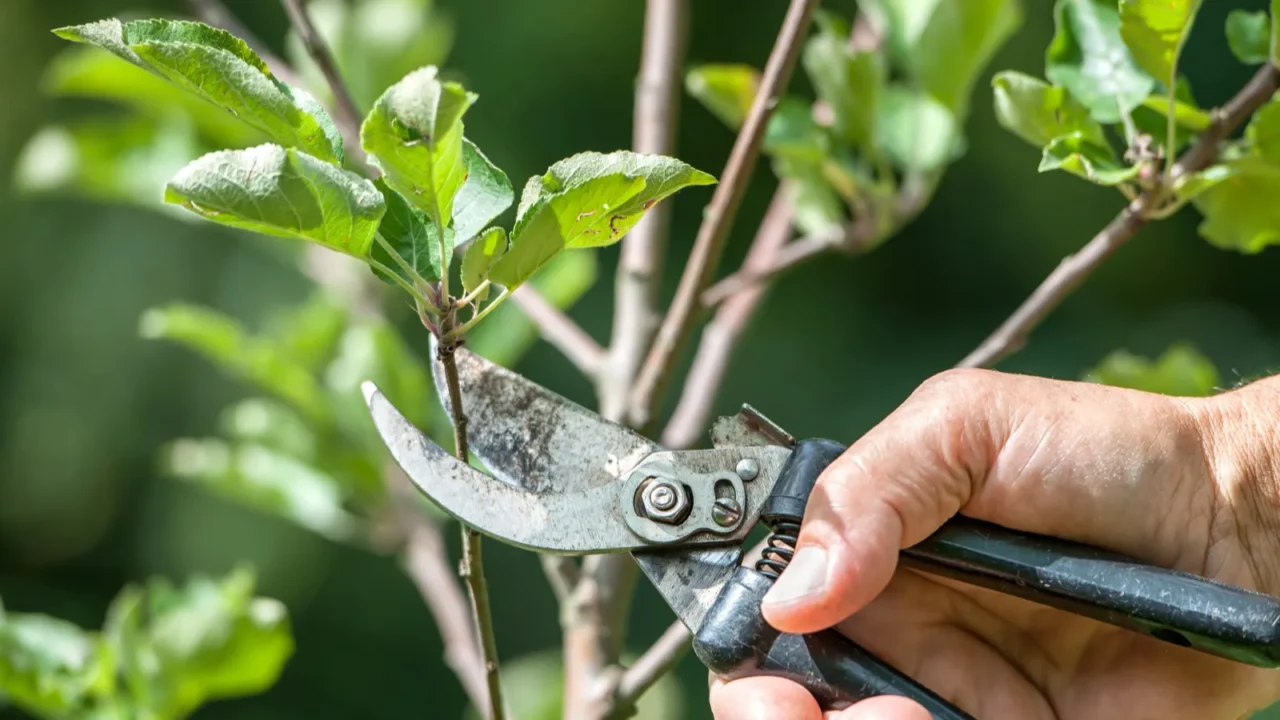
Regular Pruning Encourages Growth
Pruning is more than just maintaining the tidy appearance of plants. Dead or diseased branches are removed through routine trimming, enabling healthier growth. Furthermore, it helps in better air circulation and keeps pests away.
Getting into the practice of pruning each plant at the right time of the year will make your garden thrive with vibrant flowers.
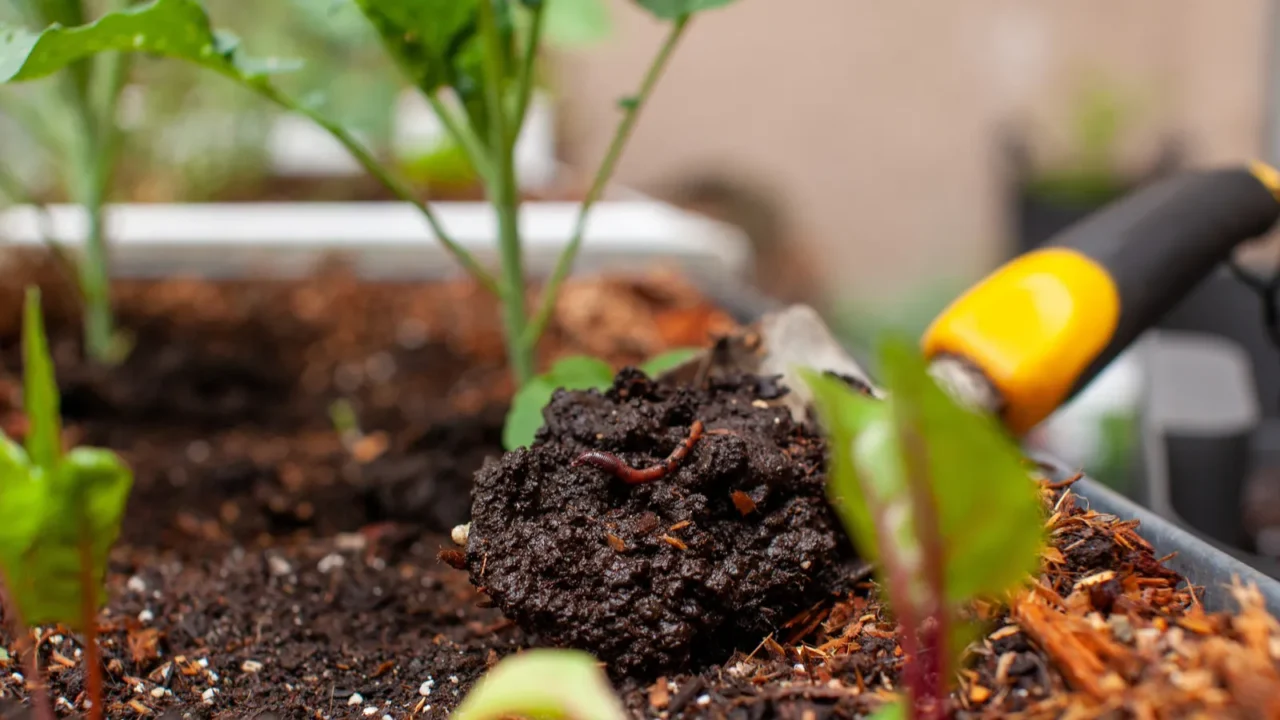
Feed Your Soil with Nutrients
Happy plants are a result of healthy soil. Adding organic compost or a balanced fertilizer on a regular basis fills the soil with nutrients, increasing resilience and growth. Fertilizers restore essential minerals that plants gradually lose, while compost enhances soil structure and water retention.
Consistently fertilizing your soil allows your plants to thrive all year long, resulting in lush, colorful blossoms and foliage.

Rotate Your Crops
Planting the same plant types in the same spot every year is not a recommended practice. Crop rotation inhibits the spread of pests and diseases and helps reduce soil erosion. Consider growing leafy greens one season and legumes the next.
Crop rotation maintains the health of your soil, keeping your garden lively and productive throughout the year.

Keep Pests under Control
Staying alert is essential since pests can easily transform your ideal gardening experience into a nightmare. Frequent plant inspections enable you to identify problems early on before they become more serious.
To keep hazardous pests away, use natural therapies like neem oil or introduce beneficial insects like ladybugs. These eco-friendly practices may lessen the need for harsh chemical pesticides that can damage both the environment and your plants.
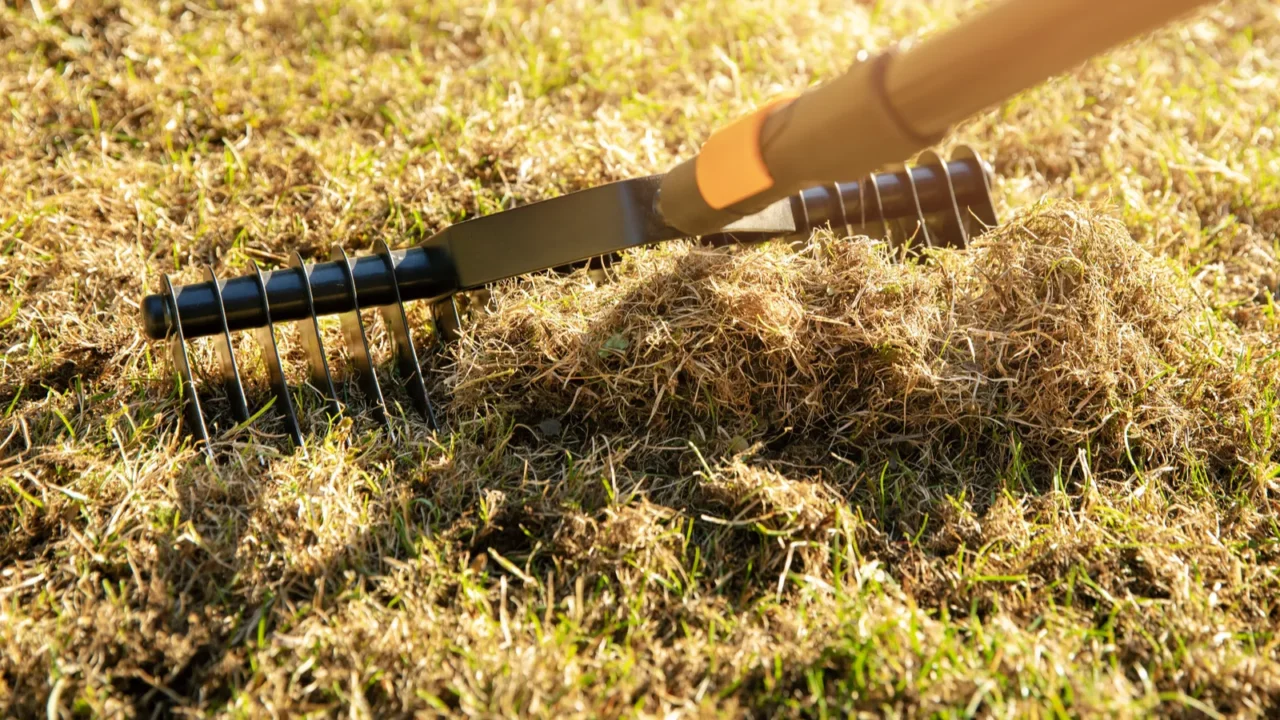
Aerate the Soil
Compacted soil might hinder the growth of roots over time. By loosening the soil, aeration enhances the absorption of nutrients and water.
To break up the soil, use a garden fork or specialized aeration equipment. Your plants will flourish and develop deeper roots, making your garden more resilient all year round.

Regular Weeding
Weeding is essential to keep a garden healthy. Weeding regularly prevents weeds from competing with your plants for nutrients and water, as well as keeping your garden looking neat.
To maintain your garden flourishing without those undesirable invaders taking over, make weeding a weekly practice. Get a weeding tool that makes your job easier and quicker.
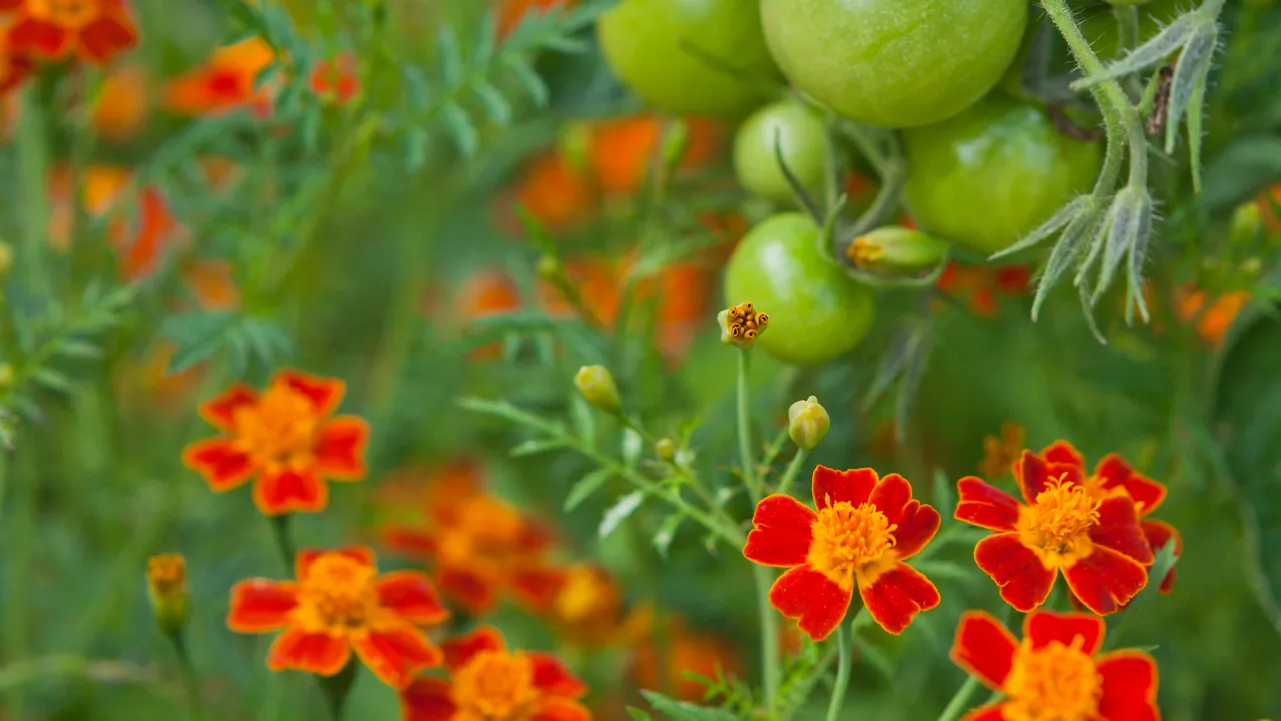
Adopt Companion Planting
Your garden can benefit greatly from proper plant pairings. For example, basil promotes tomato growth, and marigolds help keep pests away from veggies. Companion planting enhances development, makes the most of available space, and naturally repels pests.
It’s a clever approach to keep your garden healthy and increase productivity without putting in extra work.

Plan for Seasonal Colors
Plan and select plants that bloom at different times of the year to keep your garden vibrant throughout. A year-round color rotation will be produced by fall chrysanthemums, spring tulips, summer daisies, and winter pansies.
This careful, lovely color mix will always help you find something lovely blooming when you step outside.
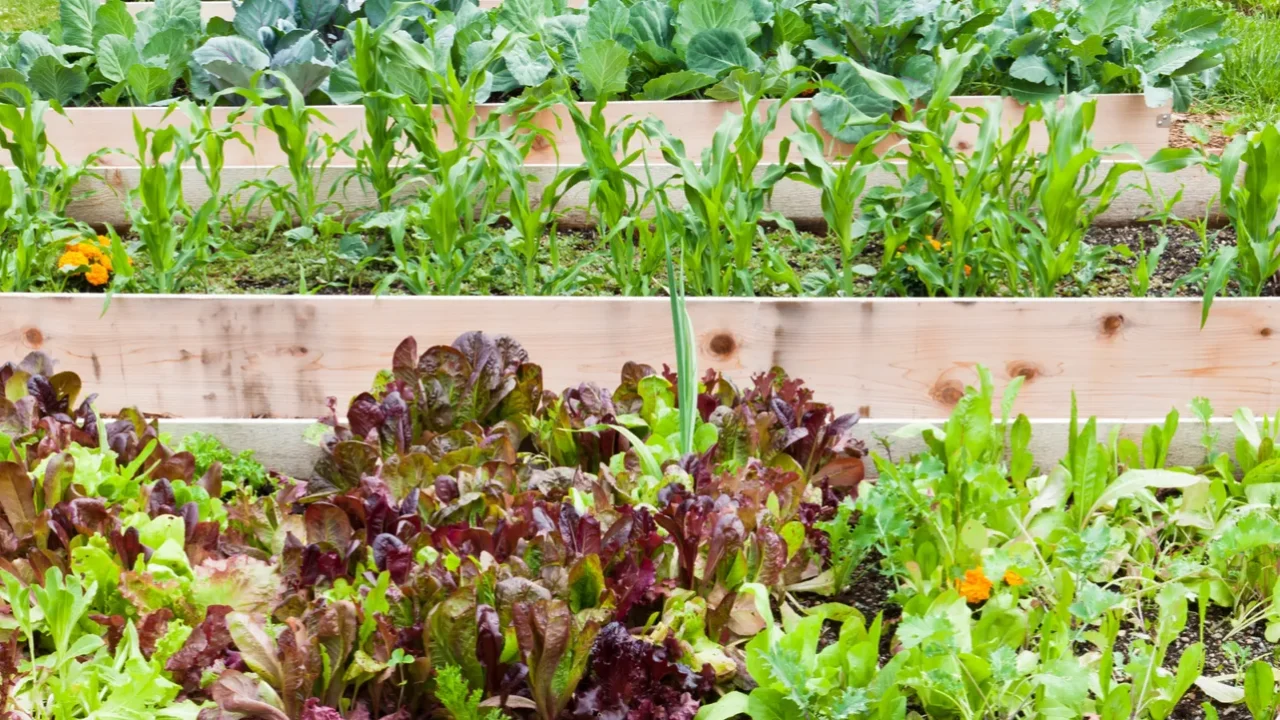
Use Raised Beds
Choosing raised beds simplifies and enhances gardening. They facilitate soil quality control, enhance drainage, and warm up more quickly in the spring. Additionally, raised beds make gardening enjoyable for people of all ages by removing the effort of bending over to plant and weed.
Raised beds can be customized with materials like stone or wood, giving your outside area more appeal and utility.
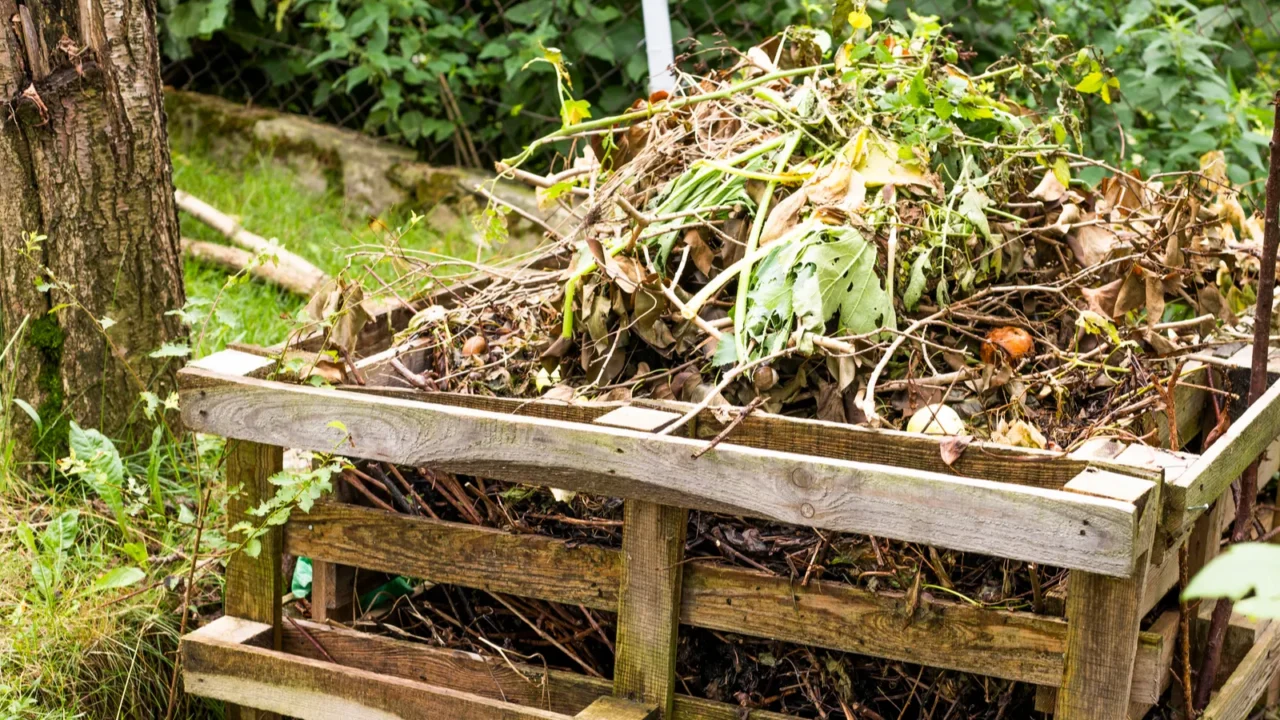
Compost Year-Round
The winter months shouldn’t deter you from composting. To develop rich, organic matter, keep adding yard waste and food scraps to your compost heap. Year-round composting helps cut down on trash and guarantees that your soil is nutrient-rich for planting season.
It’s a sustainable tip that keeps your garden and environment happy.
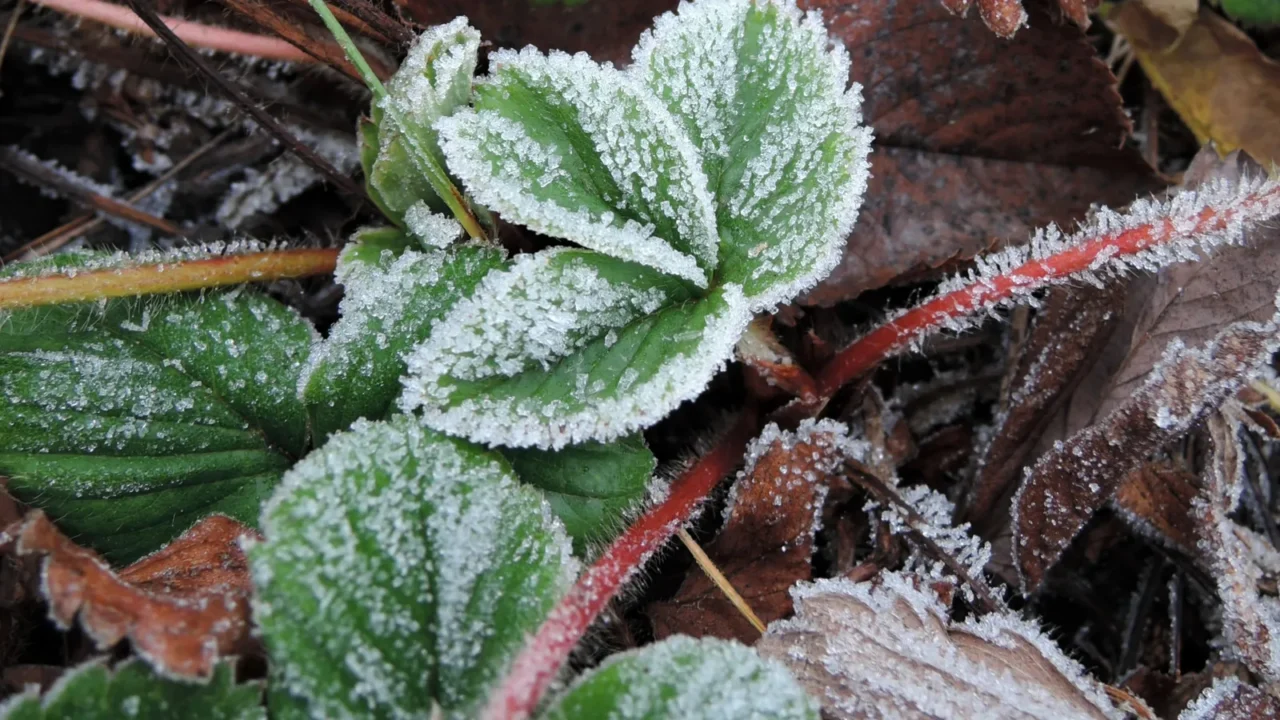
Guard against Frost
Your garden may suffer from cold snaps. To shield delicate plants from freezing conditions, cover them with burlap or frost cloths. Even an old bed sheet will work.
By taking this precaution, you may shield your garden from frost damage and make sure it recovers swiftly when the days get warmer again.
Additionally, these 15 Steps to Prepare Your Garden for the Cold can further help you maintain its health and beauty.

Take Time to Observe
Examining your garden at times can be the best course of action. You can identify early indicators of pests, nutrient deficits, or diseases by routinely checking on your plants.
By taking this step, you may prevent minor problems from becoming major ones and maintain the health of your garden all year long.
Do you love taking care of your garden and adding decorative elements? Check out these Cottagecore Fall Garden Ideas You’ll Love.